World Fine Art Professionals and their Key-Pieces, 410 - Tiny Laarakker
World Fine Art Professionals and their Key-Pieces, 410 – Tiny Laarakker
Tiny Laarakker is a well-known ceramist. Nature and in particular the change and evolution of nature in the form of growth, erosion and oxidation are central to her work.
I visit her in her studio, which is located in the basement of her house in one of the streets behind the Amsterdam Concertgebouw in Amsterdam South. The room is full of figurines – Mary figurines, Buddha figurines, a Chinese sage, a Pietà figurine – folders and books. There are pictures of a horse and a dog on the wall, as well as a drawing of a dog. There are clear plastic boxes, most of which are filled with her works.
Two ovens
In the next room are shelving units full of her ceramic works. On a work table on the wall I see all kinds of flower branches with which she is experimenting. One flower branch appears to be more suitable than the other. There is a large oven and a small one. Several of her creations hang on the walls; many of her works are wall objects.
An ancient landscape
She works in projects. A recent project concerns the imagination of walks she makes in the Cévennes (France) from the holiday home there. It is an ancient landscape. Tiny: “A fantastic landscape that shows the passing of time like a clock. The works show how the mountains move, how the tectonic plates shift, how the water leaves its traces on the mountain walls.” The vegetation and the meandering roads can also be seen.
Petrification of plants
Not only does she capture the entire landscape of the ‘Gorge Laroque’ in this way, but she also occasionally finds something special, ‘trouvailles’, which she gives a shape. She saw petrified wood and petrified vegetation while walking. “That’s when I started petrifying plants. I collected original plants and started working with them.” She also did experiments with grape twigs, rose twigs, hyacinths, tamarind and sunflowers. She shows it. And also the results. They hang on the wall and they are in drawers. She shows petrified sunflowers, one in bronze and one more metallic.
The elaboration always starts with a design and then she makes a model. “I first make small models and look for possible combinations. Then I determine the size and make a plaster mold for the determined shape. The model is then produced using casting clay, after which the cast form is fired a number of times.”
Zeewolde / Seaewold
Another project was about the reclamation of new land in the former Zuiderzee. It was shown in Paviljoen De Verbeelding in Zeewolde, where the Dutch Ceramics Biennale took place at the time. The theme of this biennale was ‘The Reflection’. She showed what Zeewolde looked like before the reclamation.
The village of Seaewold existed as early as 790. It was swallowed up in the late Middle Ages and drained in the 20th century. The first residents arrived in Zeewolde in 1985, attracted by sea and water in combination with forest and nature. “My design was about the reclaimed land on which Zeewolde originated. It is a reflection of what has been there for centuries: clay, water, the mixing of clays, grooves in the clay and the course of the water.”
It also reflects the ambitions of man in his urge to bend nature to his will. The rectangular shapes were created on this basis. The work is made of terra, white and kaolin (china clay). This in varying quantities per block, so that different color shades are created. To represent the shimmer of the water, she used a glossy glaze.
Glaze research
She continuously investigates possibilities and impossibilities. I see many test plates on which the results of glaze research can be seen. Every time the glaze has been shorter or longer in the oven. Some test boards are a work of art in themselves. Red is a difficult color. She experimented with it and shows one of the results. A ‘bleeding heart’, fitting in the passion story of Christ. She also made a crown of thorns – in more colors – and a ‘Garden of Gethsemane’.
Vanitas
Vanitas is another theme, the transience of nature and especially of ourselves. “Nature works like clockwork. The big picture continues. Nowadays it is also becoming more topical, although you would not immediately notice it living in the Randstad of the Netherlands. But in an area like the Cévennes you become very aware of it.”
Photo 10: Tiny Laarakker
Techno fruit
The manipulation of crops was the reason for the ‘technofruit’ project. I see trees full of pears and also a techno version of it, a pear with fitting and all, but in white, matte and gold tones. It was on display at the Arboretum in Doorn, among others. The ceramic fruit on the branches represents the theme of growth and bloom, both natural and artificial.
The interest in this is not surprising. Tiny – like her sister Wilma, whom I interviewed earlier – grew up in the countryside. A remote farm in North Limburg. “When you grow up, it will come back.”
Rietveld Academy
From an early age, Tiny was interested in drawing and assembling things. She went to study at the Rietveld Academy and graduated in 1978 as a graphic designer. She started doing ceramics. Initially she worked for publishing houses and advertising agencies. For a while she combined graphic work with ceramics. She learned all kinds of technical aspects of it and eventually chose ceramics entirely.
Finally, what is her philosophy?
Tiny: “The important thing about art is that it gives people a different insight. Sometimes art slips away from you. It is important that art puts people on a different footing. Rudi Fuchs, director of the Stedelijk Museum at the time, had many exhibitions in which I recognized this. It doesn’t have to be big, it can also be something small, or even something technical.”
https://tinylaarakker.nl/https://ifthenisnow.eu/nl/verhalen/de-wereld-van-de-amsterdamse-kunstenaar-98-tiny-laarakker
Disclaimer: The views, opinions and positions expressed within this guest article are those of the author Walter van Teeffelen alone and do not represent those of the Marbella Marbella website. The accuracy, completeness and validity of any statements made within this article are not guaranteed. We accept no liability for any errors, omissions or representations. The copyright of this content belongs to Walter van Teeffelen and any liability with regards to infringement of intellectual property rights remains with the author.

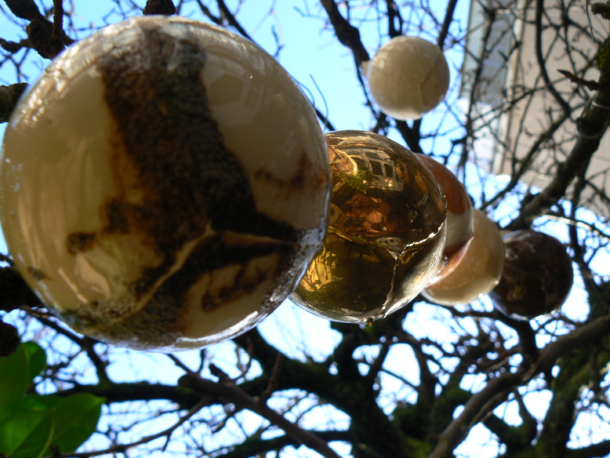
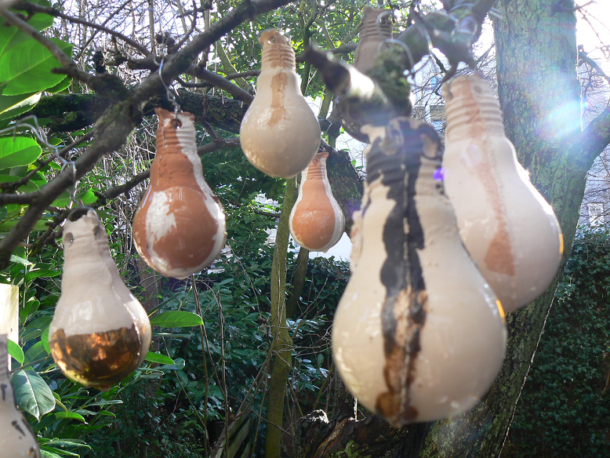
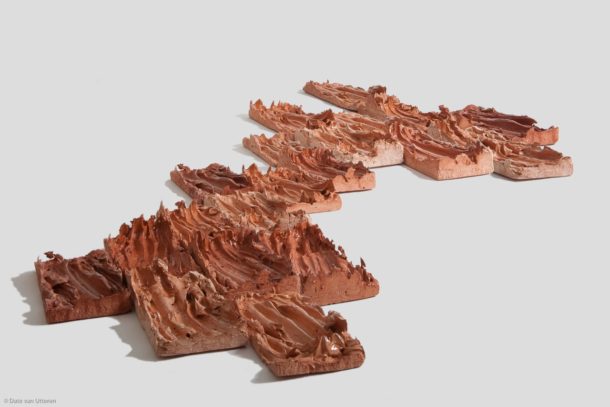
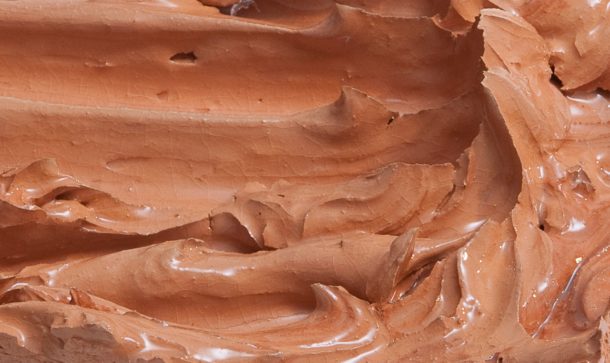

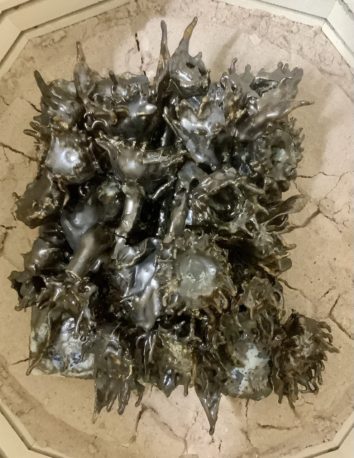

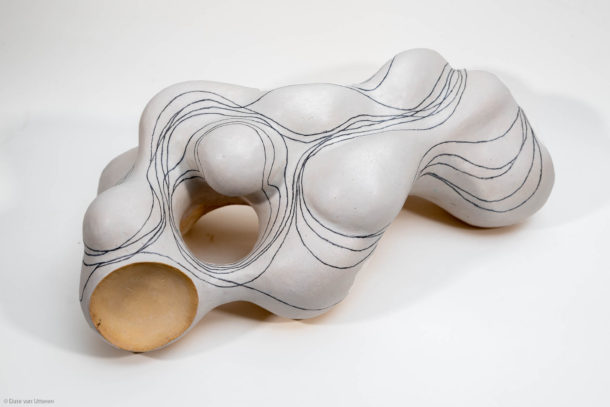
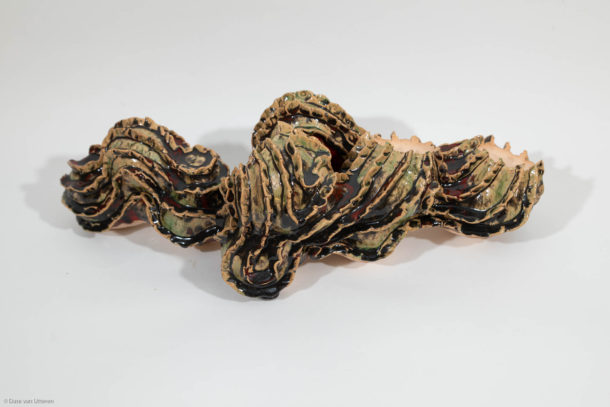















The opinions expressed by individual commentators and contributors do not necessarily constitute this website's position on the particular topic.